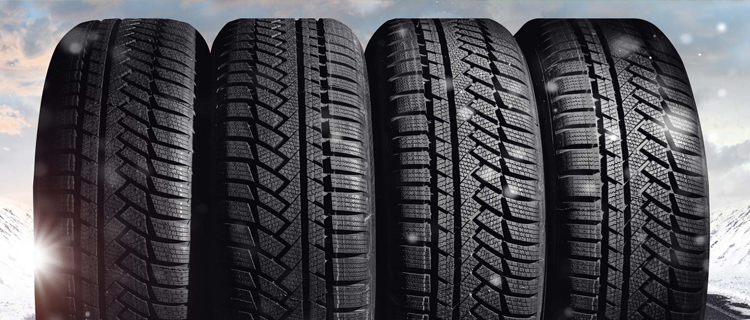6 Costly Winter Tire Storage Mistakes: Steer Clear With TIRECRAFT
April 29, 2021
Tires

Steer clear of these 6 costly winter tire storage mistakes to save money and get an extra season or two out of your snows. Read on or contact your local TIRECRAFT for a free quote on professional winter tire storage.
Winter Tire Storage Mistake #1: Failing To Control Temperature
Though winter tires are designed to perform in temperatures well below -7°C, that doesn’t mean they should be left out in the cold! Storing your winter tires somewhere too hot or too cold can seriously accelerate rubber degradation. For best results, we recommend storing your winter tires in a dry, clean, well-ventilated room kept between 10°C and 25°C.
Winter Tire Storage Mistake #2: Storing Winter Tires In Sunlight
We drive on our winter tires in the daylight all season long, so letting a little sunlight into our storage area can’t be that bad, right? Wrong!
Ultraviolet radiation destroys rubber over time. If you intend to get another season or two out of your winter tires, make sure they’re stored out of the sun. If you can’t block out the windows or find a shady spot, consider investing in tire storage bags, or contact your local TIRECRAFT to learn about our affordable winter tire storage solutions.
Winter Tire Storage Mistake #3: Failing To Control Humidity
Excess humidity can cause tires to swell.
For best results, install a hygrometer in your winter tire storage space, and monitor it closely. Try to keep the air humidity between 50-60%. If it’s any higher, you should make time to ventilate the space regularly. If you don’t have a hygrometer, you should at least check back regularly to make sure there’s no condensation forming on your tires. Be extra careful if you’re using winter tire storage bags, which can trap moisture inside.
Winter Tire Storage Mistake #4: Leaving Your Tires Unmarked
As soon as you remove your winter tires, mark them to indicate their correct positions, as well as the direction of wheel rotation. This two-second effort can save you serious headaches when it’s time to mount them again.
Winter Tire Storage Mistake #5: Stowing Dirty Tires
Winter driving exposes your tires to plenty of harmful contaminants, such as salt, brake dust, and gritty slush. The longer you leave these contaminants in place, the more damage they’ll do, and the harder they’ll be to clean off when the time finally comes.
Before you store your winter tires, be sure to gently remove stones from the tread with the head of a screwdriver, wash away any contaminants, and dry thoroughly.
Winter Tire Storage Mistake #6: Improper Tire Positioning
If you’re storing tires without removing them from the rims, feel free to store them horizontally, stacked on top of each other, but try to rotate the tire pile at least once per month so that the “load-bearing” tire gets a break. If you’re storing tires without rims, do not place them horizontally or hang them up, as this can lead to impaired grip and accelerated tire wear. Instead, store these tires in a vertical position, ideally with a semicircular concave surface as a support to prevent the tire shape from being deformed.
Free Quote On Winter Tire Storage — Contact Your Local TIRECRAFT
If your winter tire storage space isn’t up to snuff, or you’d rather automate this seasonal tire task, contact your local TIRECRAFT.
Back

